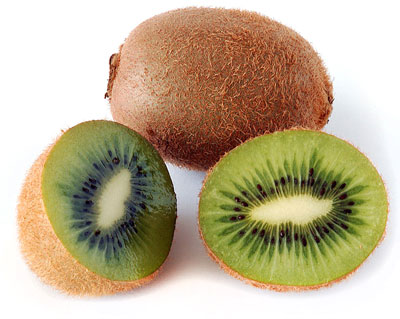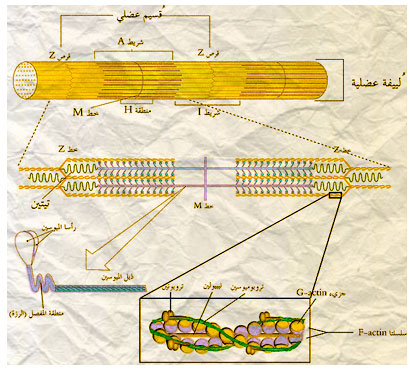28-Days-to-Lean Meal Plan
With the right plan and the right discipline, you can get seriously shredded in just 28 days.
Read articleHIGH GI
Why is it best to consume high glycemic index foods after a workout? —Darren Edwards
The Glycemic Index (GI) relates to the way your metabolism respond to certain foods. Foods are given a rating from 0 –100 on the glycemic index, with glucose setting the bar for 100. High Glycemic Index foods (simple carbohydrates) will quickly increase the body’s sugar levels rapidly whereas low glycemic index foods will increase the body’s sugar levels more slowly.

Muscles convert carbs into glycogen for energy and use protein to begin the rebuilding process. So, consuming fast-acting carbs within a 30-minute post-workout period ensures that your muscles are being fed during this all-important recovery window. In addition, sugars trigger the production of insulin by the pancreas.
Insulin's job is to draw sugars from the blood and drive it into cells, and in the case of someone who has just worked out, muscle cells. Ideally you'll want to consume somewhere in the neighborhood of a 2:1 ratio of carbs to protein immediately post-workout. Depending on your bodyweight that would be a minimum of 40 grams of carbs and 20 grams of protein.
FAST/SLOW FIBERS
What are Fast and Slow Twitch Muscle Fibers? —Andres Nevarez
Knowing what each muscle fiber type is and what it does can greatly affect how you think about your training. Let’s break it down:
Slow Twitch (Type I)
The slow muscles are more efficient at using oxygen to generate more fuel (known as ATP) for continuous, extended muscle contractions over a long time. They fire more slowly than fast twitch fibers and can go for a long time before they fatigue. Therefore, slow twitch fibers are great at helping athletes run marathons and bicycle for hours.

Fast Twitch (Type II)
Because fast twitch fibers use anaerobic metabolism to create fuel, they are much better at generating short bursts of strength or speed than slow muscles. However, they fatigue more quickly. Fast twitch fibers generally produce the same amount of force per contraction as slow muscles, but they get their name because they are able to fire more rapidly. Having more fast twitch fibers can be an asset to a sprinter since they need to quickly generate a lot of force.
Type IIa Fibers
These fast twitch muscle fibers are also known as intermediate fast twitch fibers. They can use both aerobic and anaerobic metabolism almost equally to create energy. In this way, they are a combination of Type I and Type II muscle fibers.
Type IIb Fibers
These fast twitch fibers use anaerobic metabolism to create energy and are the typical fast twitch muscle fibers that excel at producing quick, powerful bursts of speed. This muscle fiber has the highest rate of contraction (rapid firing) of all the muscle fiber types, but it also has a much faster rate of fatigue and can't last as long before it needs rest.
MORNING CARDIO
Is doing cardio before breakfast a good idea for burning fat or is your body just using muscle for energy? —Blake White
When you wake up in the morning, your body has a low amount of glycogen, thus increasing your ability to burn fat as fuel. The problem with this for someone trying to gain muscle is that your body is also low on amino acids. If you continuously do your cardio on an empty stomach with no amino acids to spare, muscle tissue is being used for energy, meaning you'll run the risk of losing some hard earned muscle.

To prevent using muscle tissue as fuel for your morning cardio workouts, take a branched chain amino acid (BCAA) supplement or a scoop of whey protein with plenty of water about 30 minutes or before your cardio session. This should offset any catabolism, meaning you'll optimize fat loss while sparing muscle.